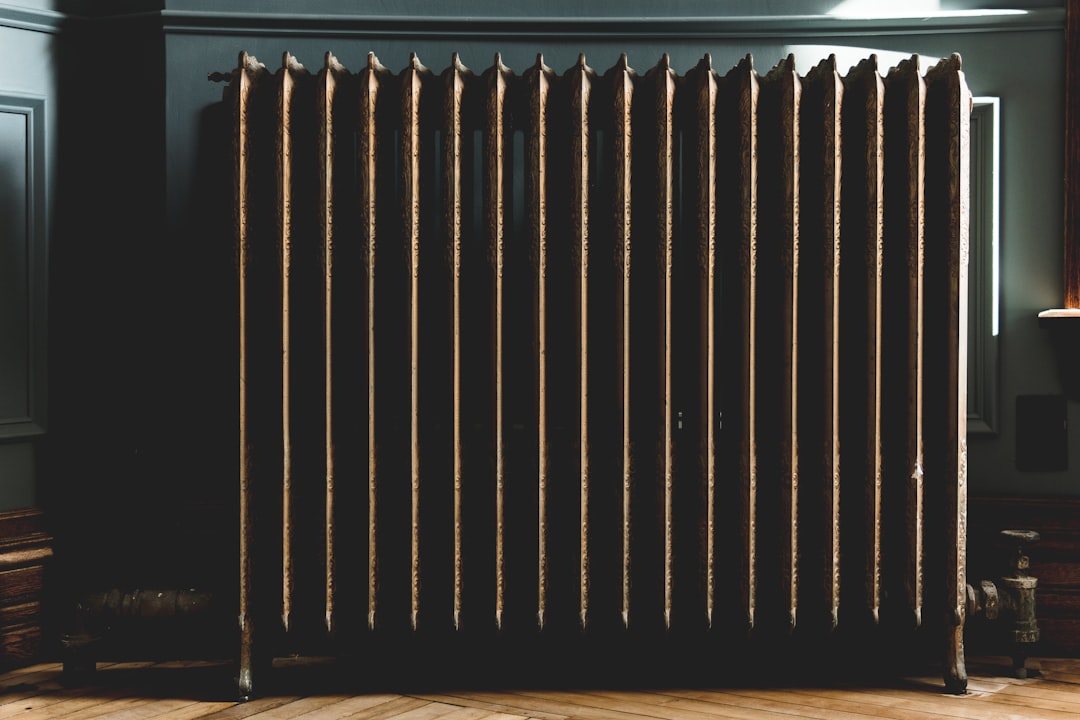What is it about?
Passive shock absorbers are designed for standard load condition. These give better vibration isolation performance only for the standard load condition. However, if the sprung mass is lesser than the standard mass, comfort and road holding ability is affected. It is demonstrated that sprung mass acceleration increases by 50%, when the vehicle mass varies by 100 kg. In order to obtain consistent damping performance from the shock absorber, it is essential to vary its stiffness and damping properties. In this article, a variable stiffness system is presented, which comprises of two helical springs and a variable fluid damper. Fluid damper intensity is changed in four discrete levels to achieve variable stiffness of the prototype. Numerical simulations have been performed with MATLAB Simscape and Simulink which have been with experimentation on a prototype. Furthermore, the numerical model of the prototype is used in design of real size shock absorber with variable stiffness and damping. Numerical simulation results on the real size model indicate that the peak acceleration will improve by 15% in comparison to the conventional passive solution, without significant deterioration of road holding ability. Arrangement of sensors and actuators for incorporating the system in a vehicle suspension has also been discussed.
Featured Image
Why is it important?
Passive fluid shock absorber provides simple and effective solution for comfort and handling of the vehicle. These convert vibration energy into heat by throttling viscous fluid through restricted orifice and are widely used in vehicle suspensions. Furthermore, the fluid damper can be tuned by changing the fluid flow area to vary the vibration isolation performance.
Perspectives
After validating the prototype variable stiffness system, design of real size shock absorber with variable stiffness and damping has been discussed in this section. The design of real size version has been performed for the vehicle and suspension mass as follows: Sprung mass (m1): 275–400 kg; Un-sprung mass (m2): 25 kg; Tire mass (m3): 10 kg; Spring stiffness (k1): 12,500 N/m; Spring stiffness (ks): 12,500 N/m.
Dr Lalitkumar M Jugulkar
Rajarambapu Institute of Technology
Read the Original
This page is a summary of: Analysis of suspension with variable stiffness and variable damping force for automotive applications, Advances in Mechanical Engineering, May 2016, SAGE Publications,
DOI: 10.1177/1687814016648638.
You can read the full text:
Contributors
The following have contributed to this page










